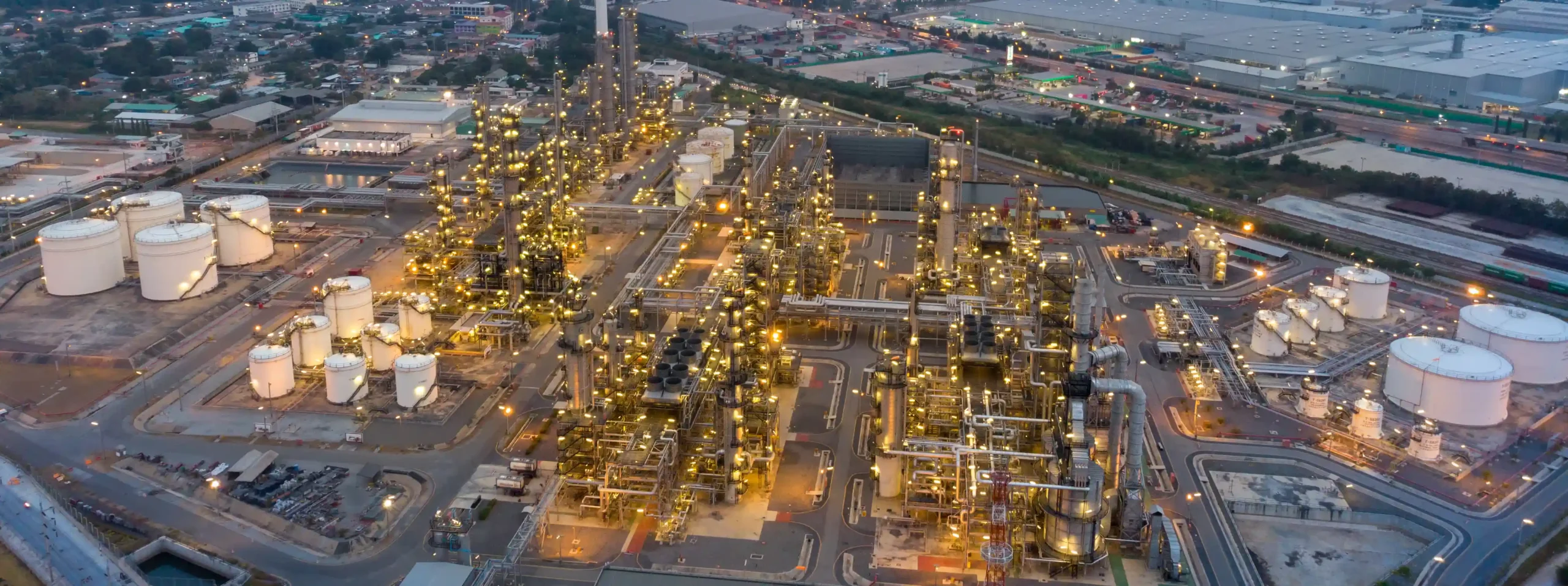Petroleum Development Oman (PDO) is Oman’s foremost exploration and production company in the oil and gas sector. Established in 1937, it has been instrumental in discovering and developing Oman’s hydrocarbon resources.
PDO is crucial to the country’s economy, contributing significantly to oil and gas production, revenue generation, and national development initiatives. Known for its advanced technological practices and commitment to sustainability, the company continues to lead the exploration of new reserves and enhance recovery from existing fields while adapting to global energy transitions and environmental challenges.
Mechartes has been providing engineering support to the PDO team for various projects in the region using CFD and FEA analysis. In one of the projects, our objective was to propose the technical viability of modifications to the existing double deck crude tanks to accommodate an increase in True Vapor Pressure (TVP).
We provided design modifications to re-evaluate the roof design and compared it with other standard double-deck floating roof tanks using FEA analysis. Additionally, we assessed the floating roof structural design requirements and limitations in accordance with API and other internal standards, specifications and practices. Through CFD and FEA analysis, we determined and derived the maximum TVP limits for the existing double deck tank, both with and without modifications.
In the Yibal Lek pipeline project, Mechartes addressed client concerns regarding equipment vibration through a comprehensive root cause analysis using numerical analysis. Initial studies focused on checking for cavitation and other vibration modes in the 5-stage assembly. The investigation assessed the potential for vortex shedding downstream of each reverse osmosis (RO) stage, which could lead to resonance in the RO plates, as informed by lessons from previous choke valve trim failures. Compared to a straight pipe approach, the analysis also evaluated the impact of the tee and weldolet configuration upstream of the assembly on vibration and cavitation risks.
CFD analysis was utilized to design the new orifice under worst-case conditions and to study the effects of changes in flow direction upstream and downstream. Following the study, recommendations were implemented on-site, improving plant performance and functionality.

